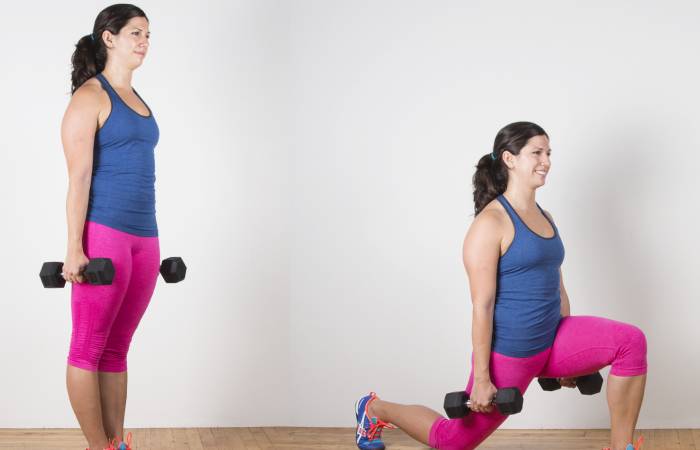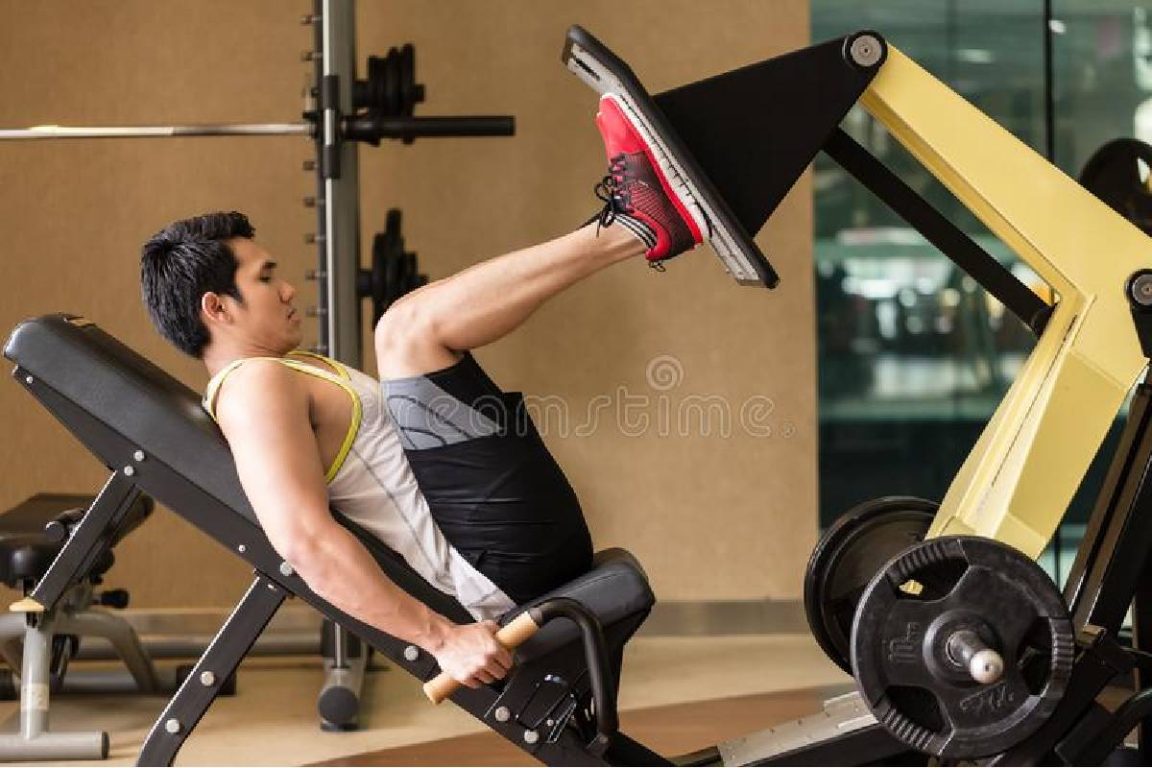Best Lower Body Workout – Lower body workout, the lower half of your body is the part that supports your move; it gives you the freedom and flexibility to move around. All this will keep your lower body in top shape and vigour.
Our lower body must be well-developed and in good health so that every action we take is well-balanced.
When your lower body is strong, it gives your entire body balance and posture. Lower-body workouts strengthen this vital part of the body; lower-body exercises increase the size and shape of your legs, thighs, lower abdomen, belly, and hips.
The method begins with solid calves, hamstrings, and quadriceps muscles. These vital muscles remain kept in the best possible condition.
Why is a Lower Body Workout Required?
Lower body workouts for men and lower body exercises for women each have a variety of exercises. To get the most out of exercising to lose belly fat or tone hip muscles, choose suitable activities and do them correctly. The most important part of the matter is that you require practices that involve large movements and strengthen your core.
You can go to a gym or have a personal trainer come to your house; lower body workouts can remain without equipment, such as walking, meditation, or dance activities that you can do at home. Such as walking, meditation, or dance activities you can do at home once you’ve learned the expert’s technique.
Lower body exercises target the glutes, quads, calves, and hamstrings. Such lower body stretching activities are required to empower and strengthen these specific muscle groups and help gain functional fitness and prevent injury to these areas.
Lower Body Strength Training Workout
- Lunge with Dumbbells
- Dumbbell shoulder squat
Lunge with Dumbbells

Because it strengthens the hips, glutes, quadriceps, hamstrings, calves, and core, the basic lunge is one of the most effective lower body exercises. It can also serve as a good stability test.
You should master the basic lunge before totalling resistance to the barbell lunge. Begin with light resistance (2 to 5 pounds) and gradually increase the weight as the movement becomes more comfortable.
Stand with your feet hip-width separately and a dumbbell in each hand. Let your arms swing by your sides, palms facing your thighs.
Take a significant step forward with your right leg and bend at the knee until your front thigh is parallel to the floor. The left leg also bends to make room for the right, and the left heel lifts off the floor.
Push off with your right heel, engaging your proper core, hamstrings, and glutes, and return your right leg to the starting position.
Repeat the sequence several times on the same leg before switching to the left side or alternating sides with each repetition.
Aim to complete at least 5 to 7 reps on each leg.
If you’re not ready for a forward lunge, try a reverse one instead. It’s a similar movement, but you’ll step back with each leg instead of going forward. This movement is more manageable.
To make a move harder: If you’re up for a challenge, try dumbbell walking lunges. In this variation, instead of taking a step forward and back to the initial position, you continue to step forward and alternate sides in a walking pattern.
Dumbbell Shoulder Squat
The basic squat is another essential lower body exercise you should master if you’re serious about training your hips, thighs, and glutes. Once excellent squat form remains perfect, add resistance with dumbbells or a barbell if available.
To perform the barbell shoulder squat, start with a 2- to 5-pound weight. Once you feel like you can maintain good form, add more weight to challenge yourself.
Begin with your feet a little wider than hip-width apart. Next, place one dumbbell on each shoulder.
Drop your hips back and down as if you were reaching your glutes toward the chair behind you. The knees will bend, but the heels will remain on the floor. The torso remains tall and robust, with an open chest and forward facing.
Continue lowering your hips until your thighs are parallel to the floor (or lower).
Push through your heels to raise your body back to the starting position.
Do 7 to 10 repetitions.
To make a move more accessible: If you’re new to strength training, you might want to start by doing this squat without weights. Then, as you feel more comfortable, add weights.
To make the movement more complicated: you can do 10 to 12 reps with decent form, consider totalling weight or select a weighted squat variation, such as a kettlebell or barbell goblet squat. The barbell front squat is another challenging variation that emphasizes the quadriceps and glutes more.
Conclusion:
The best lower body exercises are complex movements that target many muscle groups. Pair these compound exercises with complimentary isolation exercises like abductor pulses and calf raises.

